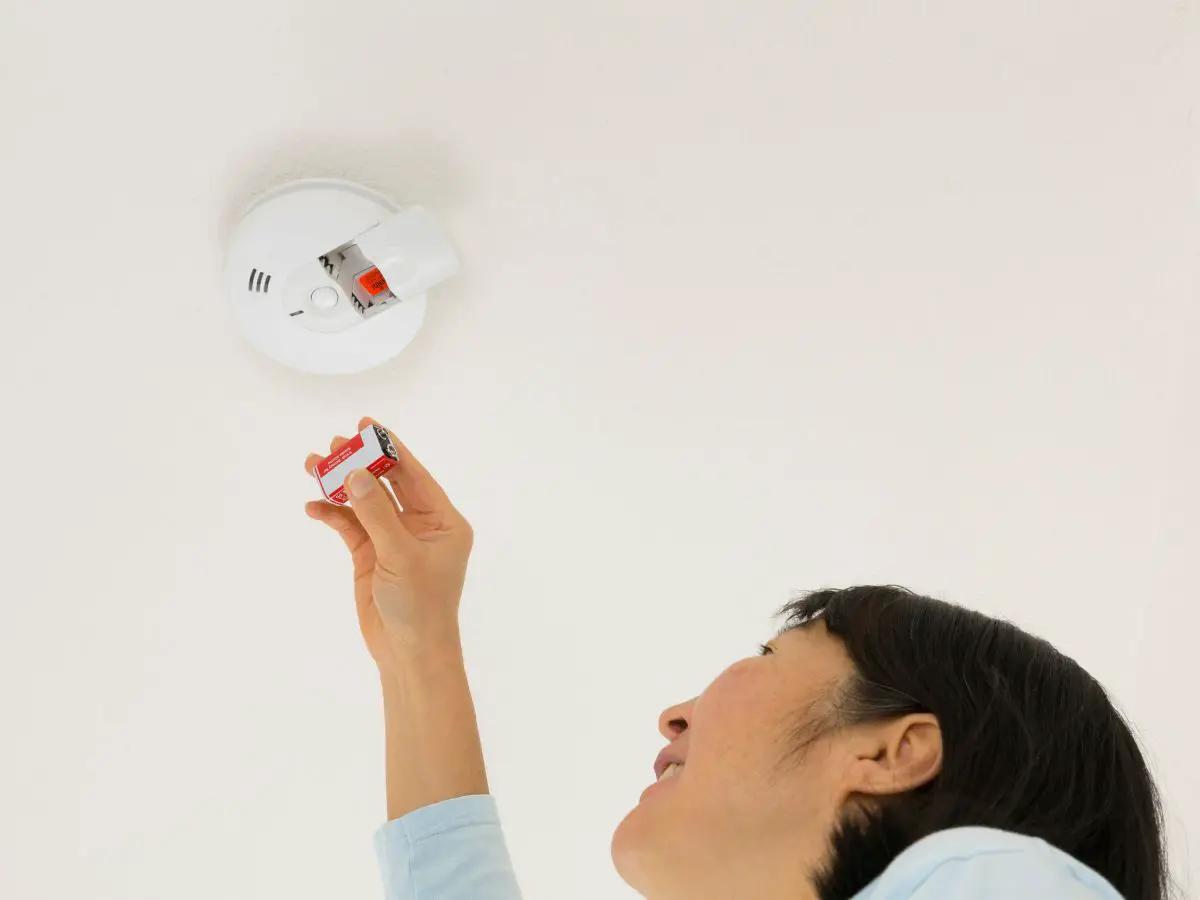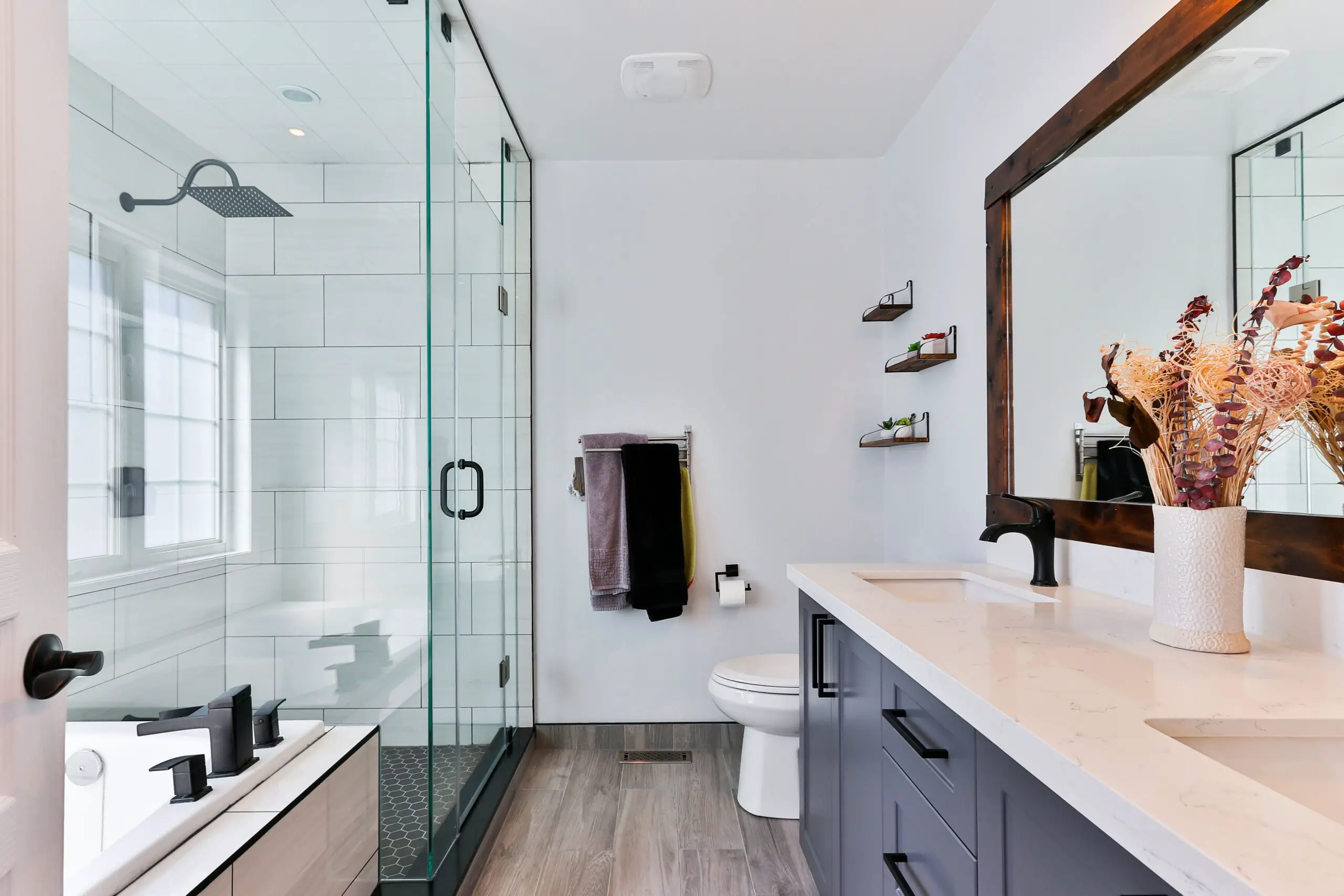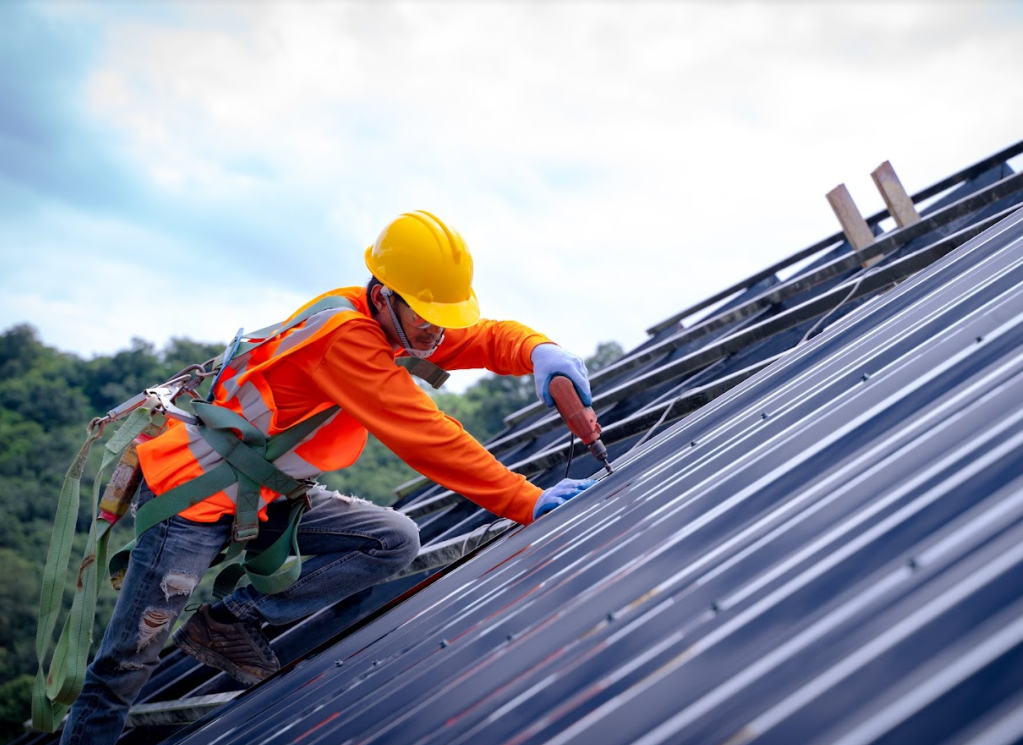Smoke alarms are one of the most important life-saving devices installed in modern homes. Data shows that smoke alarm installation can reduce your risk of dying in a house fire by nearly 50%. To make sure the alarms in your home are operational, you’ll need to regularly check and replace the backup batteries. In this article we’ll cover the procedure for changing smoke alarm batteries and how an alarm system could save your life.
Different Types of Smoke Alarms
Modern smoke alarms come in all shapes and sizes. The good news is that alarms sold in Australia are required to comply with local safety standards, so it’s hard to choose the wrong system for your home. Depending on your needs, it’s possible to install battery-powered smoke alarms, mains-powered smoke alarms or a combination of the two. As long as the systems are powered and working, the Australian Government is satisfied that your home is protected.
There’s no consensus on which type of smoke alarms are best, but there are two main types to choose from:
- Photoelectric – These types of smoke alarms can “see” the particles that make up smoke. Photoelectric alarms are extremely good at detecting smoke and smouldering fires sooner.
- Ionisation – Ionisation smoke alarms detect the invisible particles that occur with combustion, similar to “smelling” fire. Ionisation alarms provide better reaction times to fast-burning fires.
How to Change Smoke Alarm Batteries
Most of the smoke alarms installed in Australian homes are wired into mains power. This means they’re always ready to alert you in the event of a fire. To make sure they work even when the power is out, wired smoke alarms also come with battery backups. Whichever type of alarm you have, you’ll need to make a habit of regularly changing the battery.
Changing a smoke alarm battery is simple and only takes a few minutes:
- Using a step ladder, remove the smoke alarm from its bracket. Battery powered alarms usually slide or click into place, while wired alarms are often screwed into the ceiling.
- Open the alarm unit and change the old battery for a new one. Most alarms use either a 9V battery or a 2032 coin cell battery. It’s best to choose long-life lithium batteries for your smoke alarms.
- Reattach the smoke alarm to the ceiling and test it to make sure it works. Testing is usually done by pressing and holding a button on the smoke alarm body.
If the system works then you’ve successfully changed the battery! We should also note that some modern wired-in smoke alarms have non-replaceable batteries. These types of smoke detectors come with 10-year internal batteries, and the entire unit will need to be replaced once it’s 10 years old.
How Often Should Smoke Alarm Batteries be Replaced?
Smoke alarms are the first line of defence against fires in the home. Fires that occur during the night are particularly dangerous because there’s a real risk of the carbon monoxide rendering you unconscious before the fire even takes hold. To protect your family and avoid the worst, smoke alarm batteries should be replaced every 12 to 24 months. While many batteries claim to last much longer than that, it’s critical to your family’s safety that they are regularly tested and replaced. Many newer smoke alarms use LED indicators or warning beeps to let you know when the battery needs to be replaced, so make sure you keep an eye out for that as well.
Australia’s Smoke Alarm Laws
Smoke alarms are one of the simplest and best ways to protect your family from a fire in the home. In fact, alarms are so effective that most Australian states now require smoke alarm installation in newly built, sold and leased properties. The actual legislation depends on where you live, but typically you’re required to:
- Install interconnected photoelectric smoke alarms
- Place a smoke alarm in each bedroom, each hallway connecting bedrooms and on each floor of the home
- Replace the battery in smoke alarms at the beginning of each tenancy
Under the current requirements, only landlords and those selling a home are required to meet the changing smoke alarm laws. But each Australian state is gradually updating its safety code over the coming years. In many states it will soon be a requirement for all homes to have interconnected smoke alarms installed.






